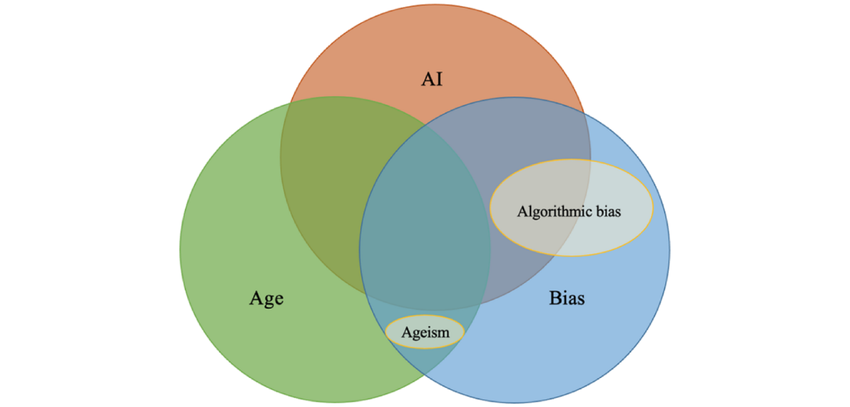
Age bias in AI refers to the phenomenon where artificial intelligence systems exhibit discriminatory behavior based on the age of individuals. This bias can manifest in various ways, such as in the form of ageist assumptions, stereotypes, or preferences that are embedded in the algorithms used by AI systems. Age bias can have significant implications for individuals, particularly older adults, who may be unfairly disadvantaged or excluded from opportunities due to their age.
One of the key challenges with age bias in AI is that it can be difficult to detect and address. This is because the algorithms used in AI systems are often trained on data that reflects existing societal biases and prejudices. As a result, these biases can be inadvertently perpetuated and amplified by AI systems, leading to discriminatory outcomes for certain age groups.
Age bias in AI can have a wide range of negative consequences. For example, older adults may be unfairly denied access to financial services, healthcare, or job opportunities due to ageist assumptions made by AI systems. This can result in economic hardship, limited access to essential services, and reduced quality of life for older individuals.
Addressing age bias in AI requires a multi-faceted approach. This includes ensuring that AI systems are trained on diverse and representative data sets that accurately reflect the full range of ages in society. It also involves implementing transparency and accountability measures to monitor and mitigate bias in AI systems. Additionally, it is important to involve older adults and other stakeholders in the design and development of AI systems to ensure that their perspectives and experiences are taken into account.
By addressing age bias in AI, we can help create more equitable and inclusive systems that benefit individuals of all ages. This not only helps to protect the rights and dignity of older adults but also ensures that AI technologies are used in a responsible and ethical manner. Ultimately, combating age bias in AI is essential for building a more just and equitable society for people of all ages.
1. Age bias in AI refers to the tendency of artificial intelligence systems to make decisions or predictions based on a person’s age, which can lead to discrimination or unfair treatment.
2. Addressing age bias in AI is crucial for ensuring that algorithms are fair and equitable for individuals of all ages.
3. By mitigating age bias in AI, organizations can improve the accuracy and reliability of their systems, leading to better outcomes for users.
4. Failure to address age bias in AI can result in negative consequences, such as perpetuating stereotypes or limiting opportunities for certain age groups.
5. Proactively identifying and eliminating age bias in AI can help build trust with users and enhance the overall effectiveness of AI technologies.
1. Age Bias in AI algorithms can lead to discriminatory outcomes in hiring processes, where older candidates may be unfairly overlooked in favor of younger applicants.
2. Age Bias in AI can also impact healthcare decisions, as algorithms may prioritize younger patients for certain treatments or interventions based on age alone.
3. Age Bias in AI can affect financial services, where older individuals may be denied loans or credit based on age-related assumptions made by algorithms.
4. Age Bias in AI can influence marketing strategies, with older consumers being targeted with different products or services based on age-related stereotypes perpetuated by algorithms.
5. Age Bias in AI can impact legal decisions, as algorithms may inadvertently discriminate against older individuals in predictive policing or sentencing processes.
There are no results matching your search
There are no results matching your search